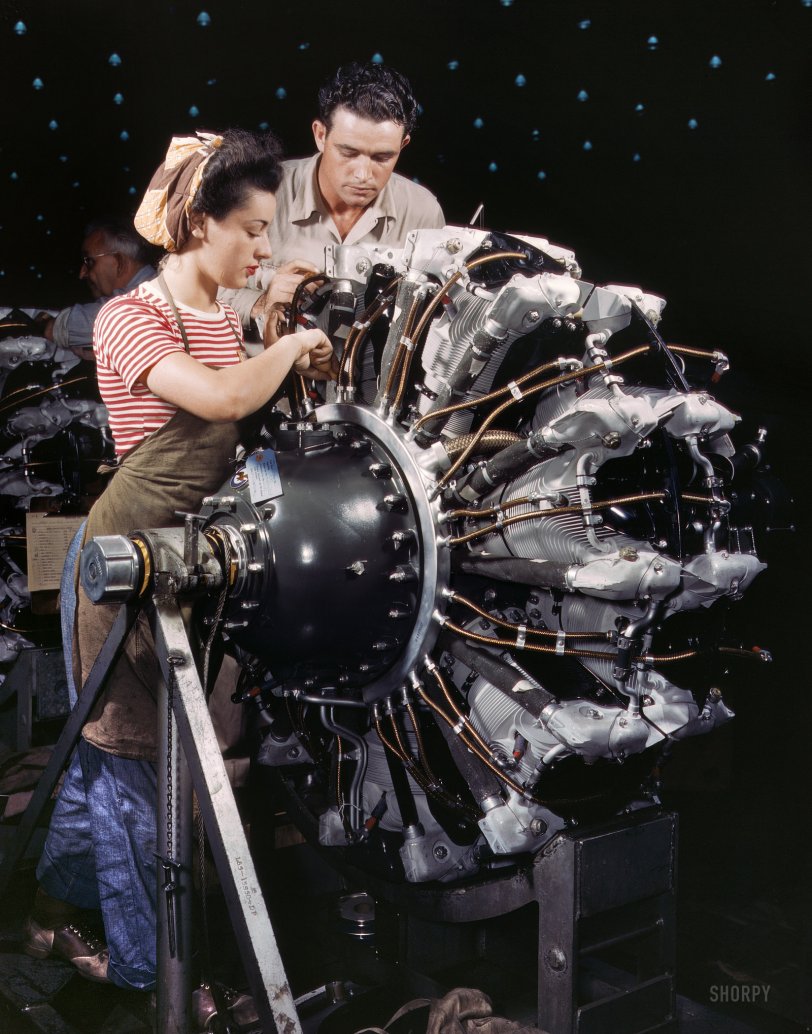RayPA
Ignore It (It'll go away)
Not sure if this was posted already, but here's a nice YT production that might get you misty eyed.
Kodak 1922 Kodachrome Film Test - Gorgeous
/
Kodak 1922 Kodachrome Film Test - Gorgeous
/
The third girl (with the little boy) was gorgeous.
That bit of film should looped in MOMA for the next 88 years ...

Beautiful! Depressing in a way, it started here and now will end this year.

Not sure if this was posted already, but here's a nice YT production that might get you misty eyed.
Kodak 1922 Kodachrome Film Test - Gorgeous
/

Beautiful! Depressing in a way, it started here and now will end this year. ...
I've still got 6 rolls of Kchrome in the refer. After watching the video I guess I'll have to shoot a couple this weekend..

